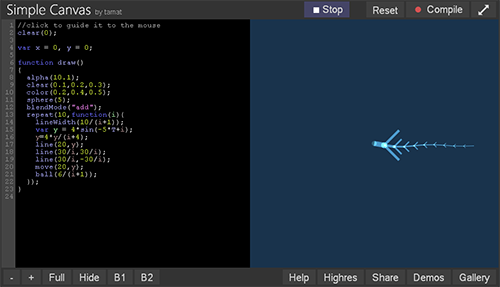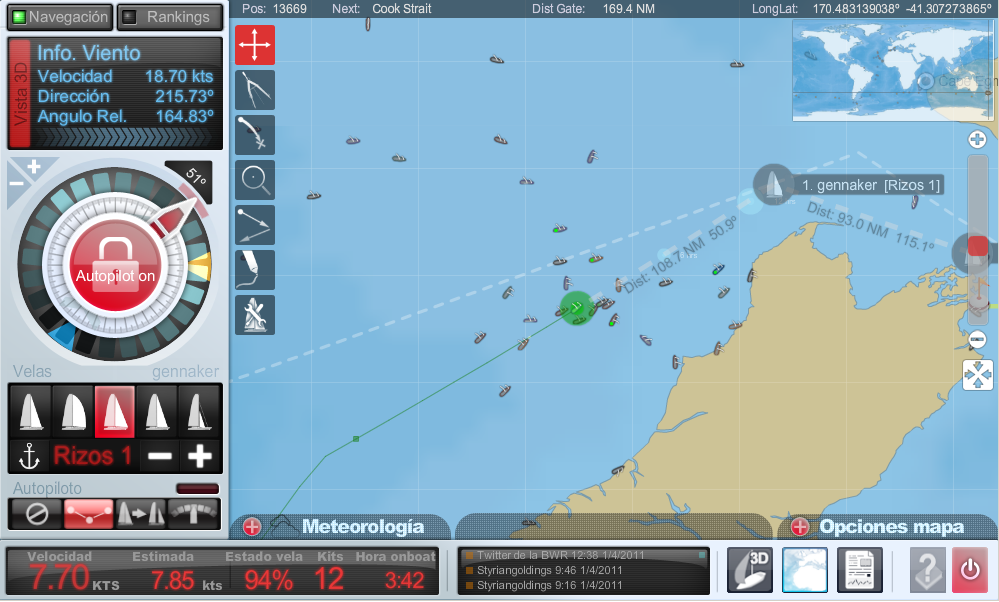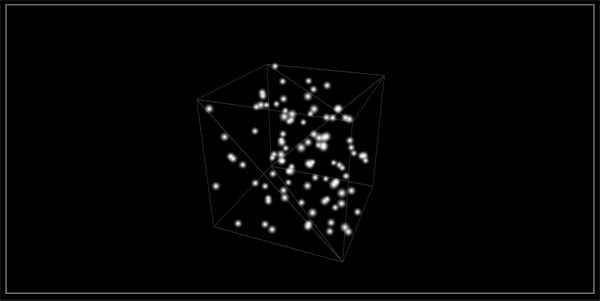Here is a bunch of interesting links I’ve found during the last month, that I thought were worthy to share and comment.
Visualization
I enjoyed reading this article (Lou’s Pseudo 3d Page v0.91) about how manage the old games to create a visualization of a road for racing games, using raster techniques and in some cases specific hardware for arcade machines. It is well documented and easy to understand.
Beyond Javascript
Javascript its reaching its limits, so here are some interesting projects related to the language itself.
- LLJS: Low level javascript, using the JSVM to execute other kinds of code.
- JSRepl: a webapp to code in different languages from the browser and see the results.
- Garbage Collector in JS: tips to avoid your js app to freeze everytime the GC do his thing.
- Optimizing JS, a good bunch of tips to optimize code in Chrome V8
There is even a LLVM to Javascript compiler called Emscripten, and because there are interpreters from almost any language to LLVM intermediate code, it is possible to take old games coded in C and convert them to be executed on the browser, like Open TTD (one of my favourite old games)!
And if you want to learn to code Javascript or just learn to code, this site is awesome:Â Codeacademy
HTML5 upcoming standards
Google and Mozilla are pushing the HTML5 standard with new APIs to access hardware functionalities, but also to allow to create new webapps. Some are really interesting like P2p connections from the browser.
A list with the upcoming standards
Collaborative apps
I love collaborative apps, the results are always unpredictible, here are two nice examples.
- yourworldoftext: an infinite canvas made of text where people can write whatever they want.
- webcanvas: an infinite canvas where everybody can draw. Some time ago I used this to create the title of a community site I had, so people could change the title whenever they wanted. The results where really funny and monstruous.





